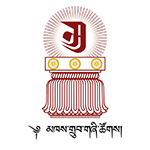Background
Phajo Gonpa Gomde, nestled in the serene landscape of Phajo Gonpa village in Lauri Gewog, Samdrup Jongkhar, serves as a sacred retreat for long-term spiritual practice. Situated beside the 17th-century Sangchen Lhundrup Tsemo monastery, the retreat center sits atop Phajo Gonpa village, offering breathtaking views of the Brahmaputra River—locally known as the Jomo River—facing the semgim-La the tail of Jomo Kukhar mountain range. This tranquil setting has long been a place of profound devotion and spiritual cultivation.
Rooted in the revered Pema Lingpa lineage, one of the great king of the treasure reavelers from Bhutan. Phajo Gonpa Gomde preserves the teachings of the Pema Lingpa.
Originally established in the 16th century by the Yonphu Choje Phajo Karma Tshewang(the descendent of Ratna Lingpa) as a yogi center, Phajo Gonpa Gomde continues to embody the spirit of devotion and discipline under the guidance of the fifth Monla Khedrupchen Rinpoche. The adjoining Sangchen Lhundrup Tsemo monastery, a revered place of worship, supports a vibrant spiritual community, with yogis regularly engaging in pujas and ceremonies dedicated to the benefit of sentient beings.
Recent efforts to enhance the retreat center ensure it remains a vital hub for spiritual practice and a sanctuary for those seeking to deepen their connection to the sacred traditions of the Pema Lingpa lineage.
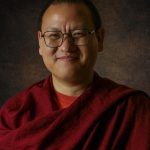
Upholding the Pema Lingpa lineage
Pema Lingpa (1450–1521) is revered as one of the greatest masters of treasure teachings, known as the “Five Kings of the Treasure-Finders" in the Nyingma tradition of Tibetan Buddhism. His story begins with an extraordinary connection to Guru Rinpoche (Padmasambhava) in the late eighth century, during a pivotal time when Buddhism was gaining prominence in Tibet under King Thrisong Detsen.
Legend recounts that Guru Rinpoche, invited by the king to establish Buddhism, demonstrated his compassion and power by reviving the king’s deceased daughter, Princess Pemasel, on her eighth birthday. Upon her revival, Guru Rinpoche entrusted her with secret teachings and prophesied her rebirth as one of the greatest treasure revealers, Pema Lingpa.
Fulfilling this prophecy, Pema Lingpa was born in 1450 in Tang Valley, Bumthang, Bhutan to father Dhondrup Zangpo of Nyo Clan and mother Drogmo Pema Drolma. His early life was marked by craftsmanship, as he apprenticed under his grandfather, Yonten Jangchub, creating tools, ceremonial artifacts, and weapons still visible in Bhutan today. Despite his deep spiritual inclinations, it was not until the age of 27
that Pema Lingpa experienced a prophetic dream and began revealing treasures, unveiling profound teachings known as Peling Choekhor Chuksum, compiled in 21 volumes. These teachings encompass three significant cycles of practices: the Cycle of Guru, the Cycle of Compassion, and the Cycle of Great Perfection (Dzogchen).
Pema Lingpa’s teachings gained widespread recognition and were deeply respected by spiritual and political leaders, including Zhabdrung Ngawang Namgyel and the Fifth Dalai Lama, who venerated his treasures in the murals of Lhasa’s Lukhang Temple. His legacy continues through three primary lines of incarnations: the Peling Sungtrul (the direct reincarnation of Pema Lingpa), Peling Thuksey (reincarnation of his son Thuksey Dawa Gyeltshen), and Peling Gyalsey Gangteng Tulku (lineage of his grandson,Gyalsey Pema Thinley).
Today, the Peling tradition thrives across the Himalayan region and throughout the world.
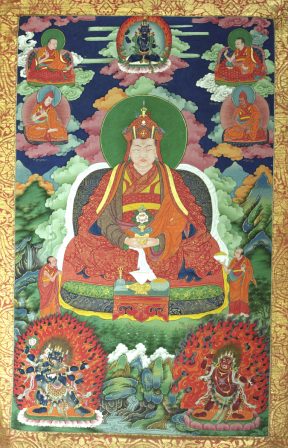
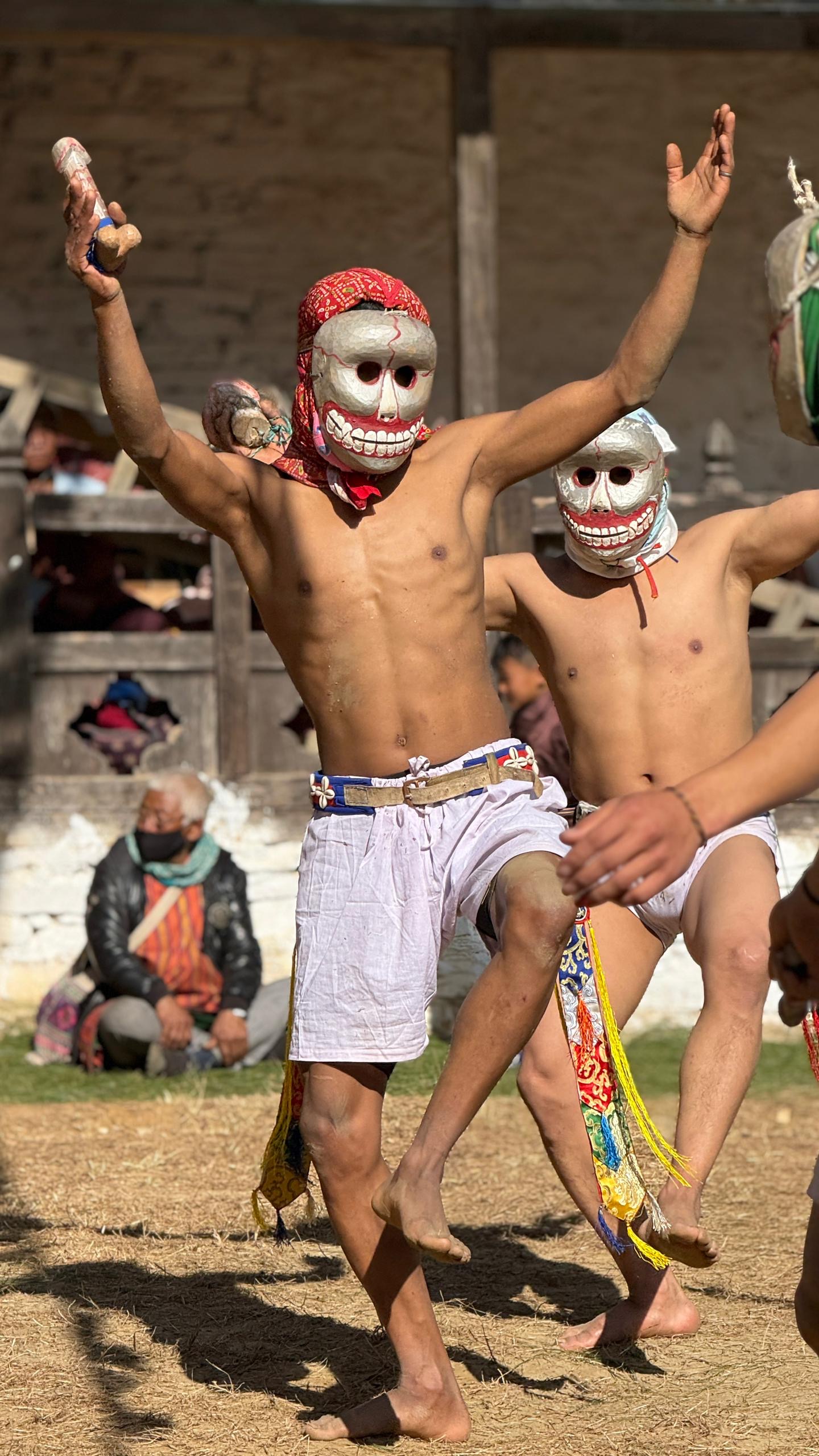
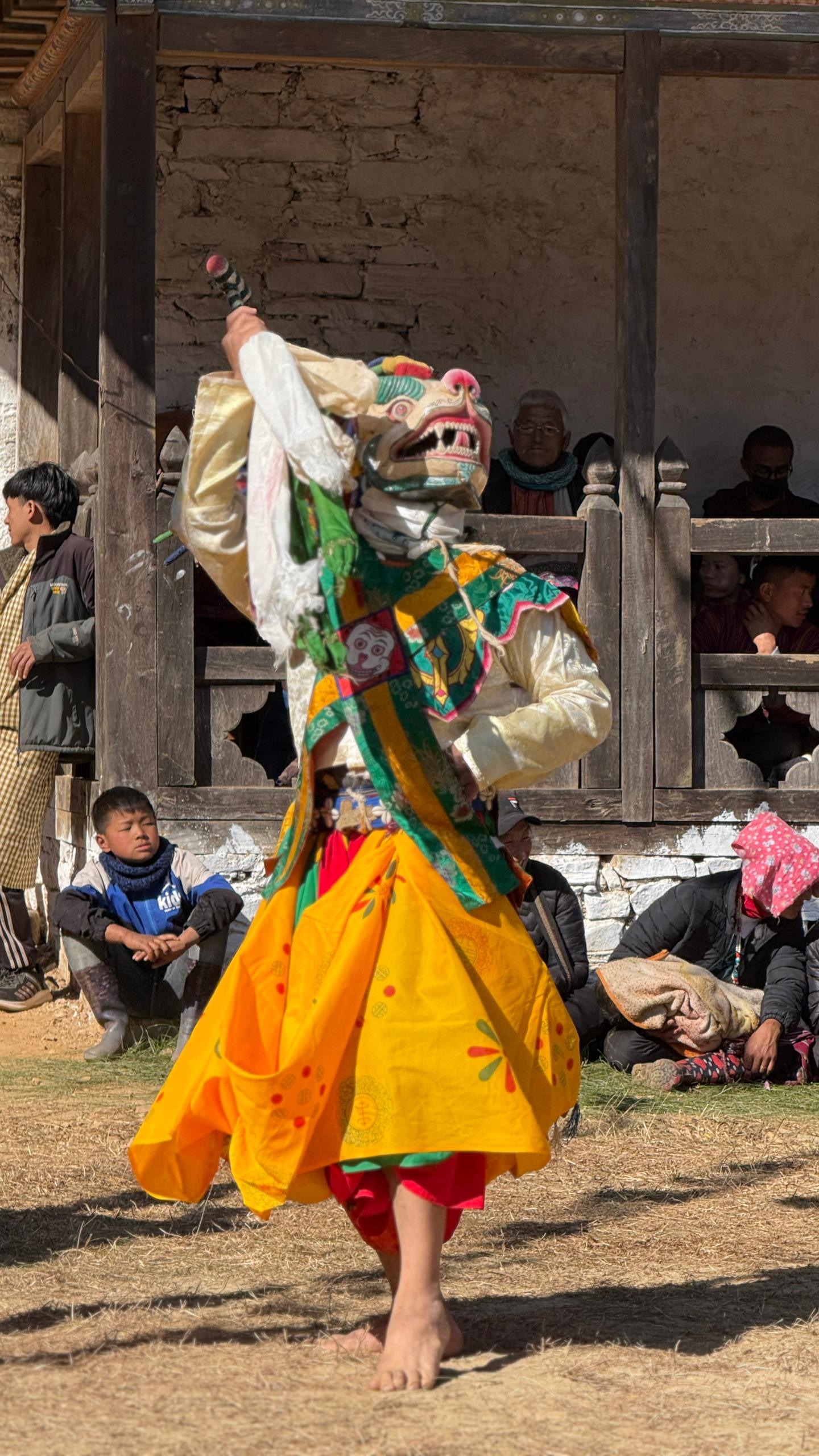
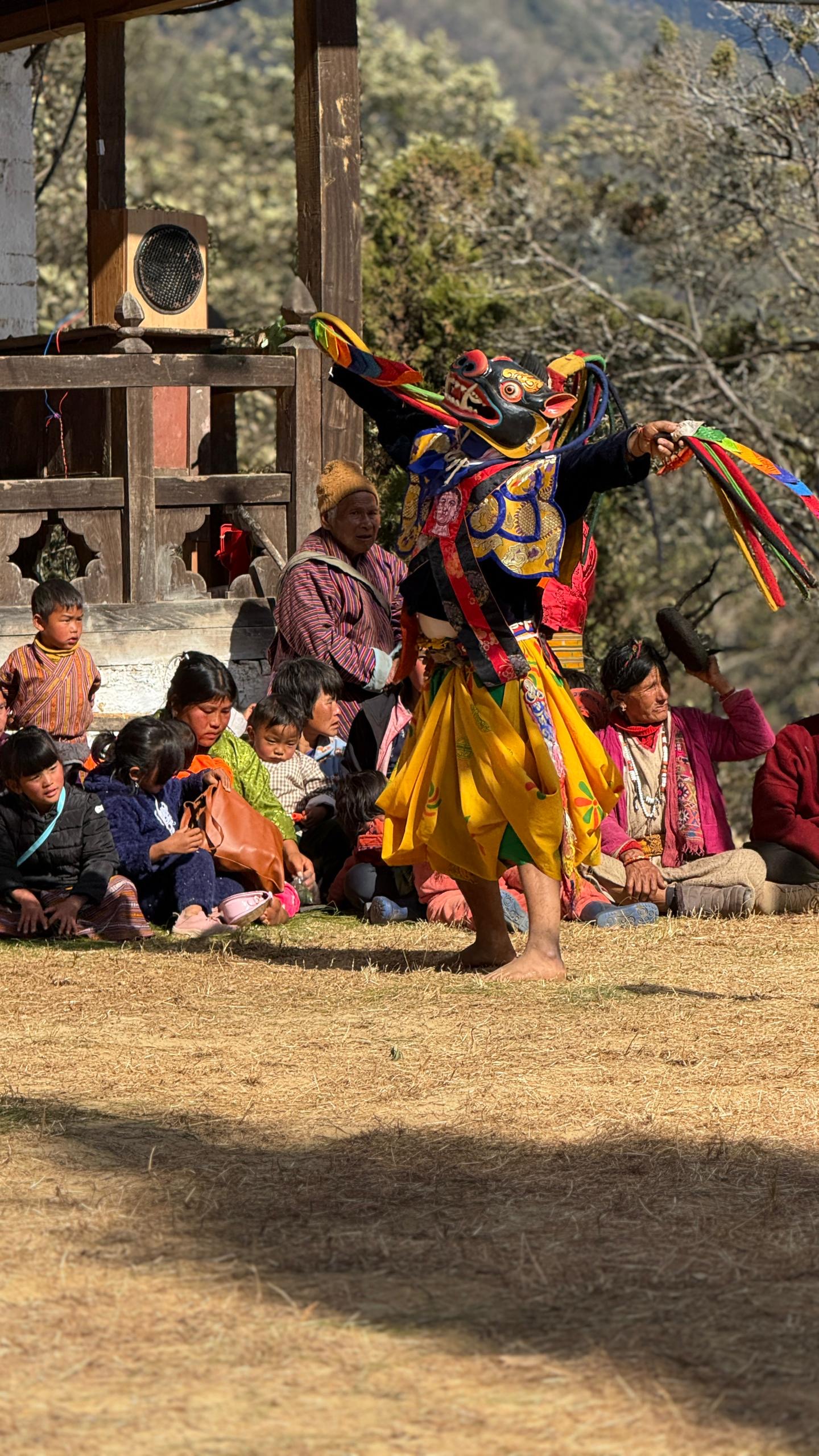
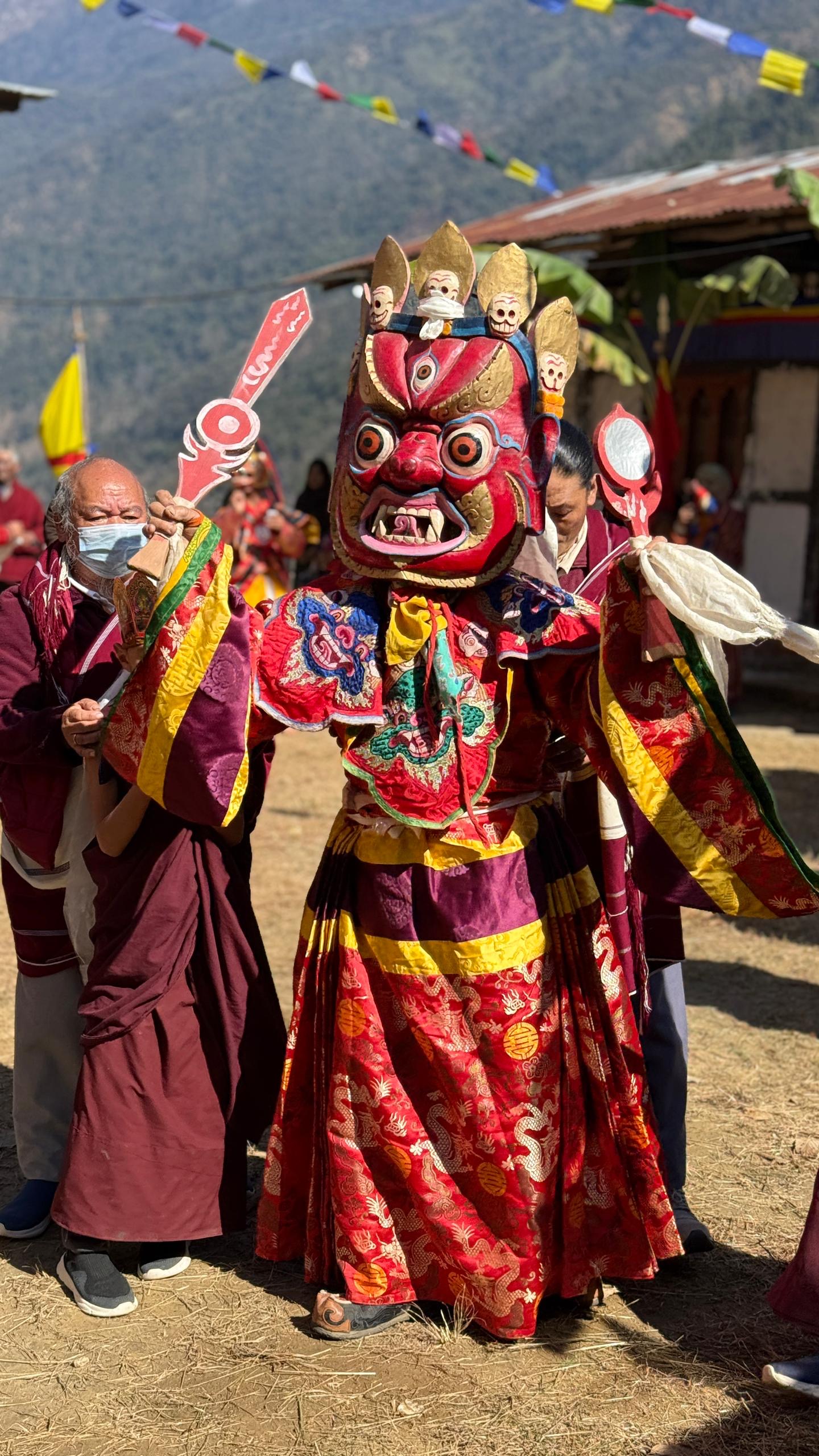
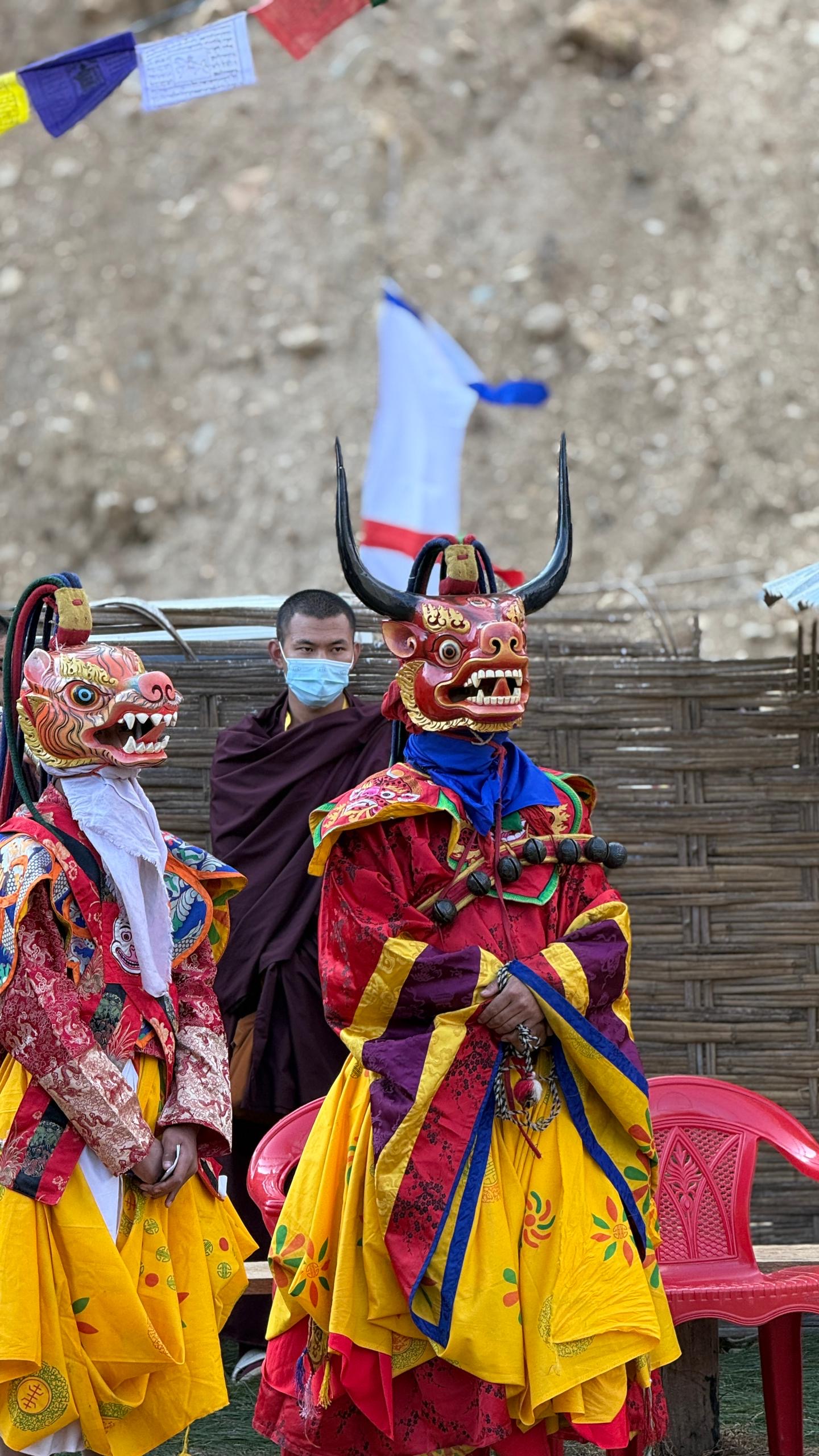
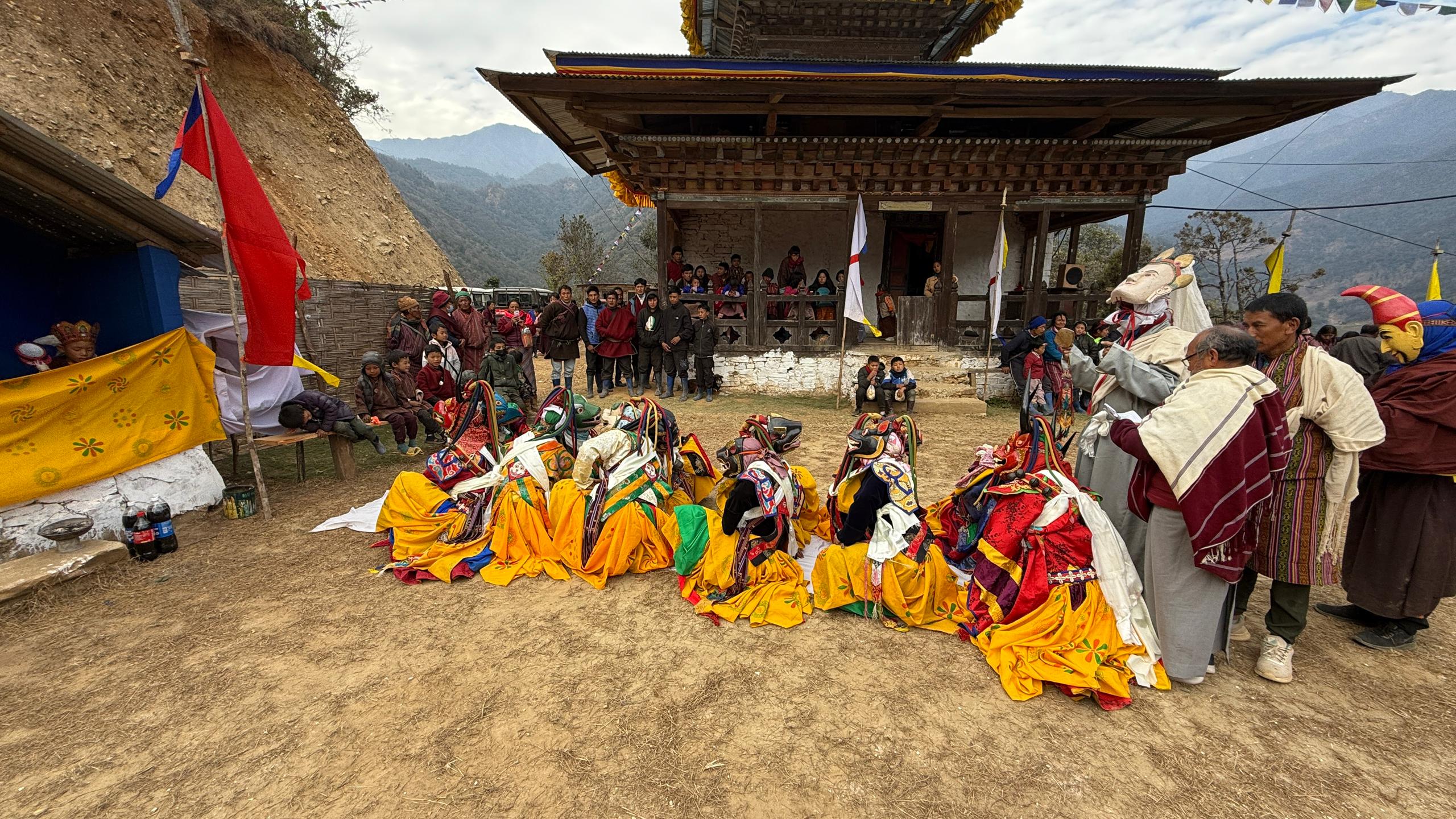
Pema Lingpa traditional ceremony
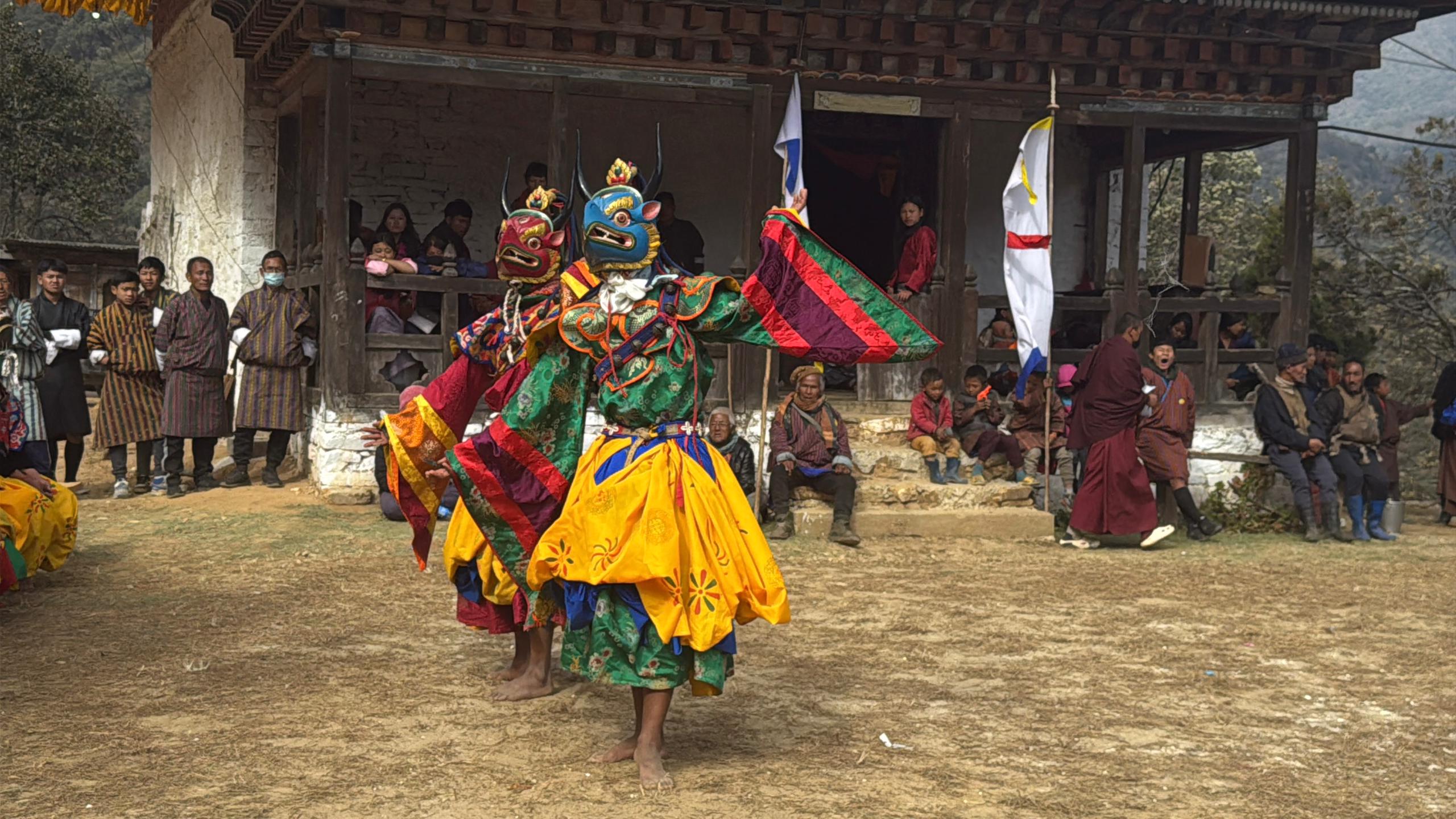
Pema Lingpa traditional ceremony
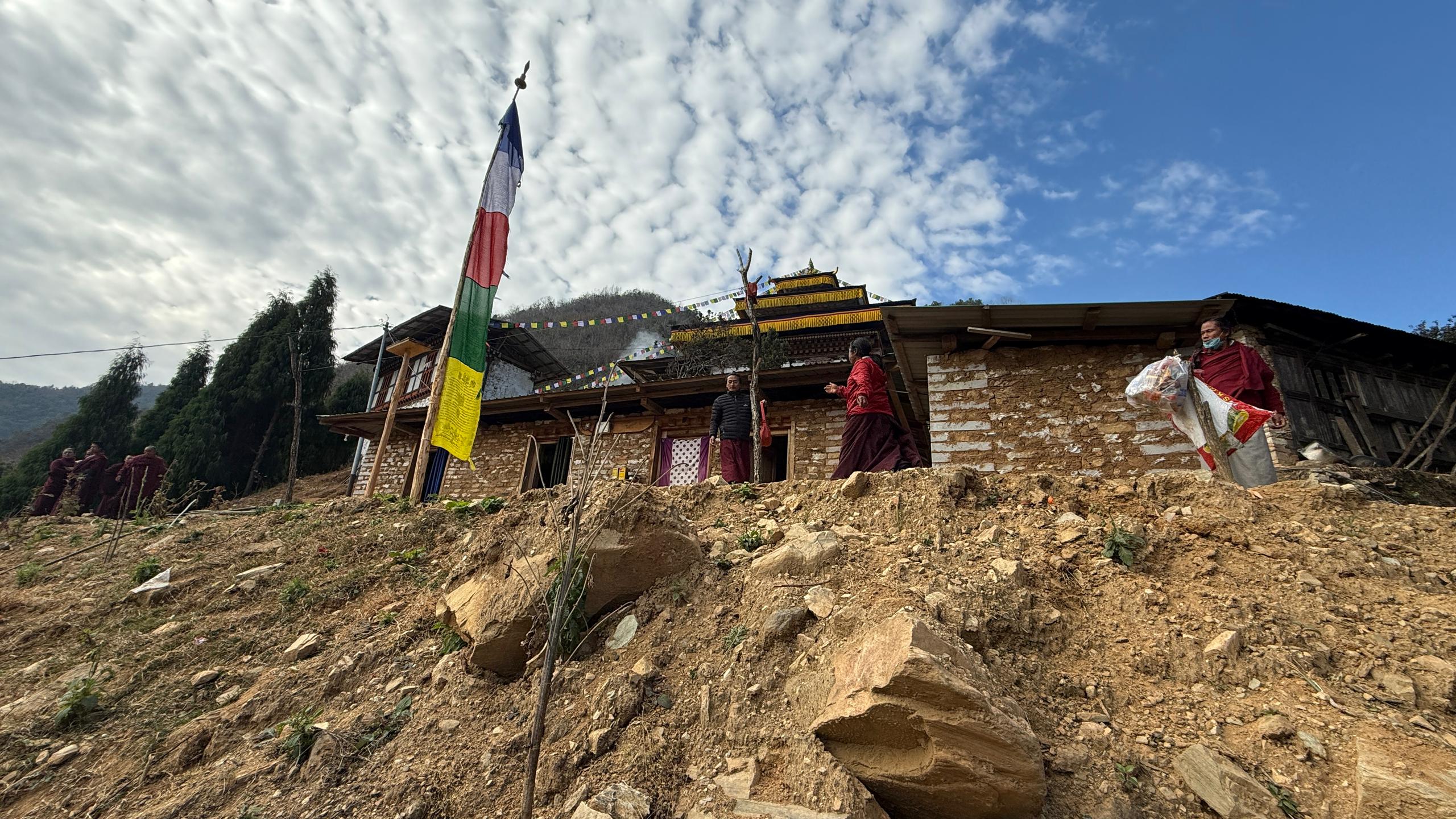
Phajo Gonpa Gomde
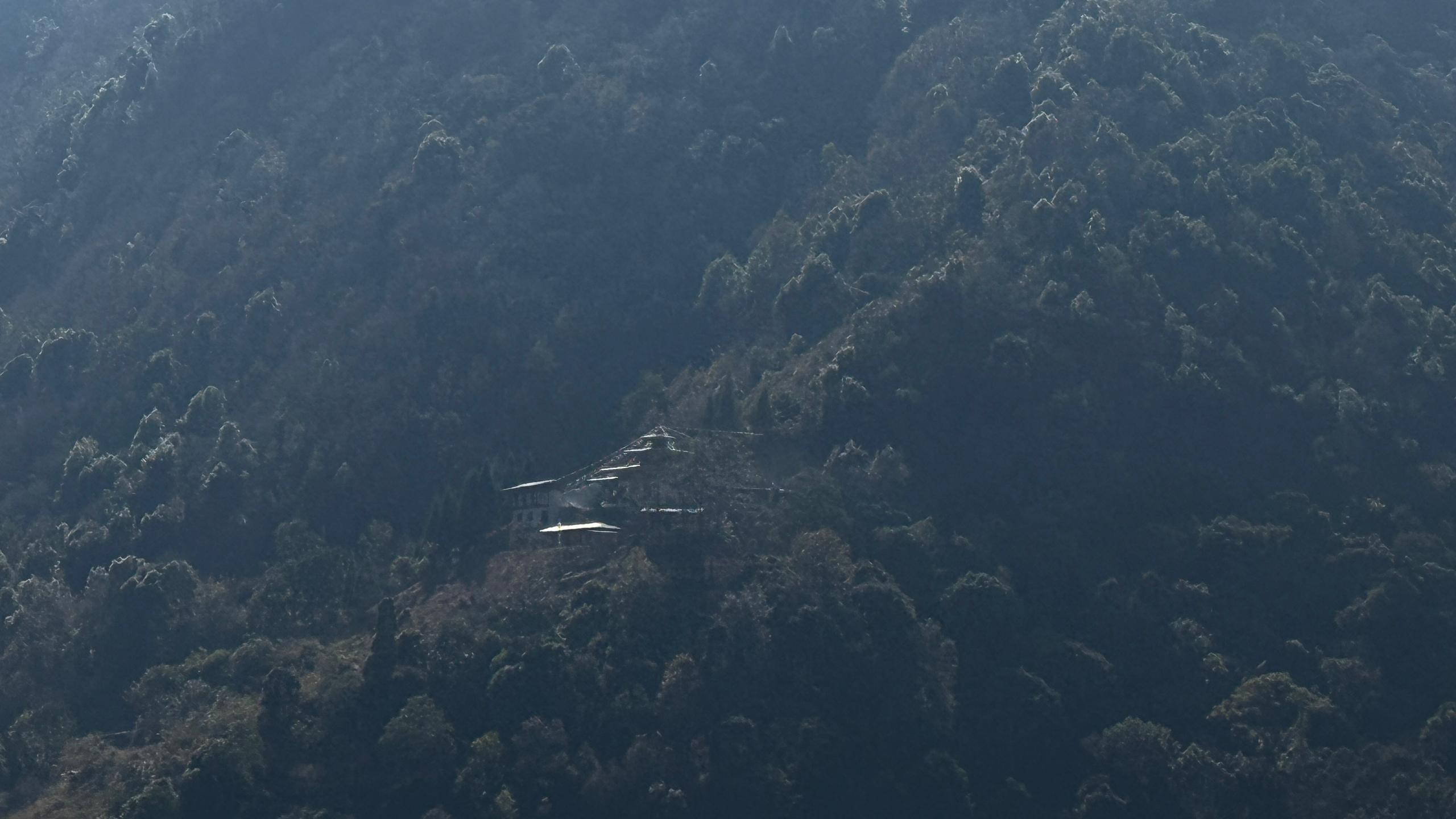
Phajo Gonpa Gomde
